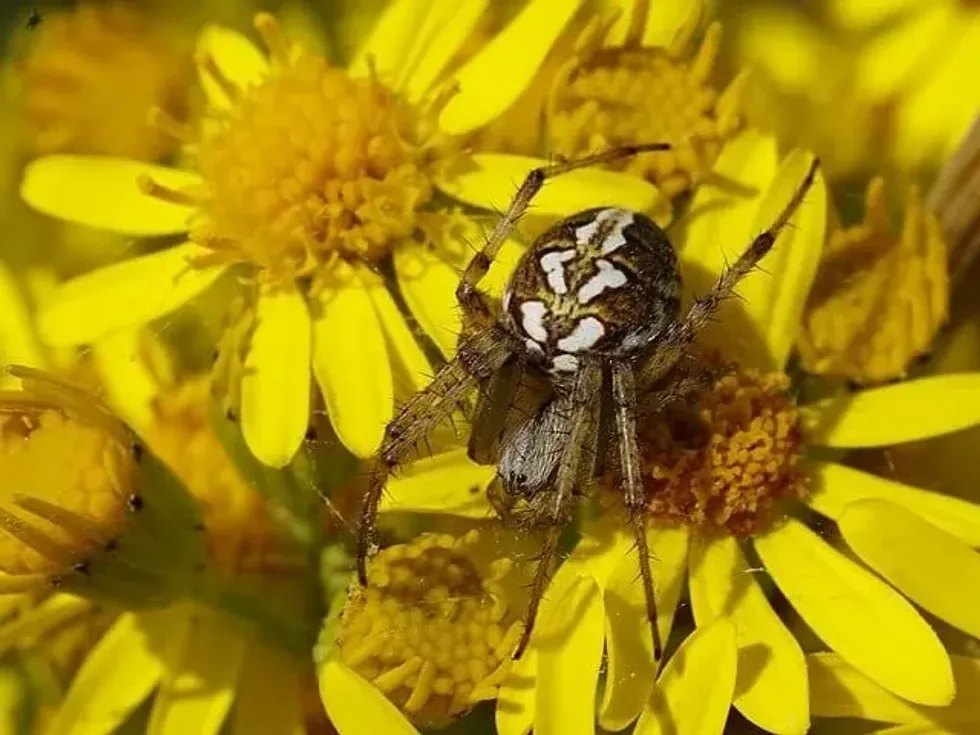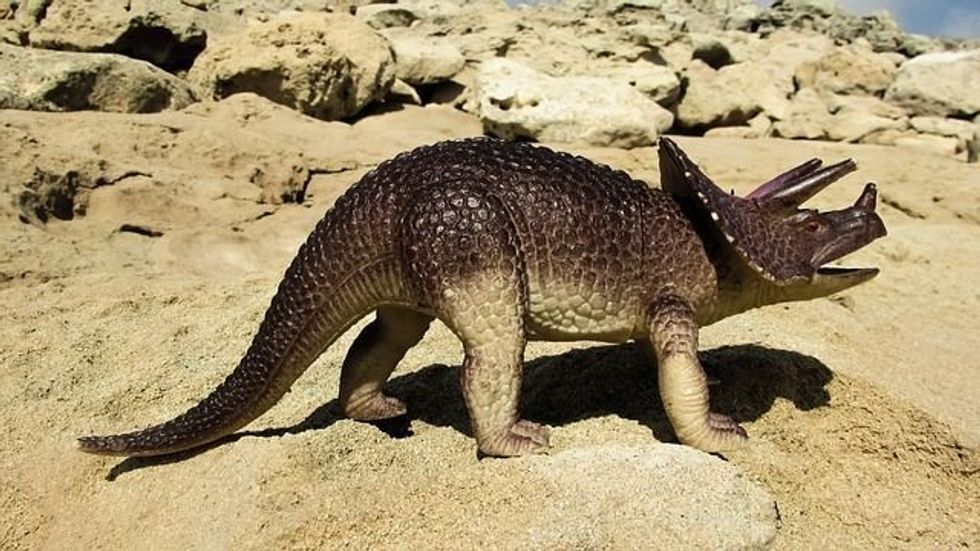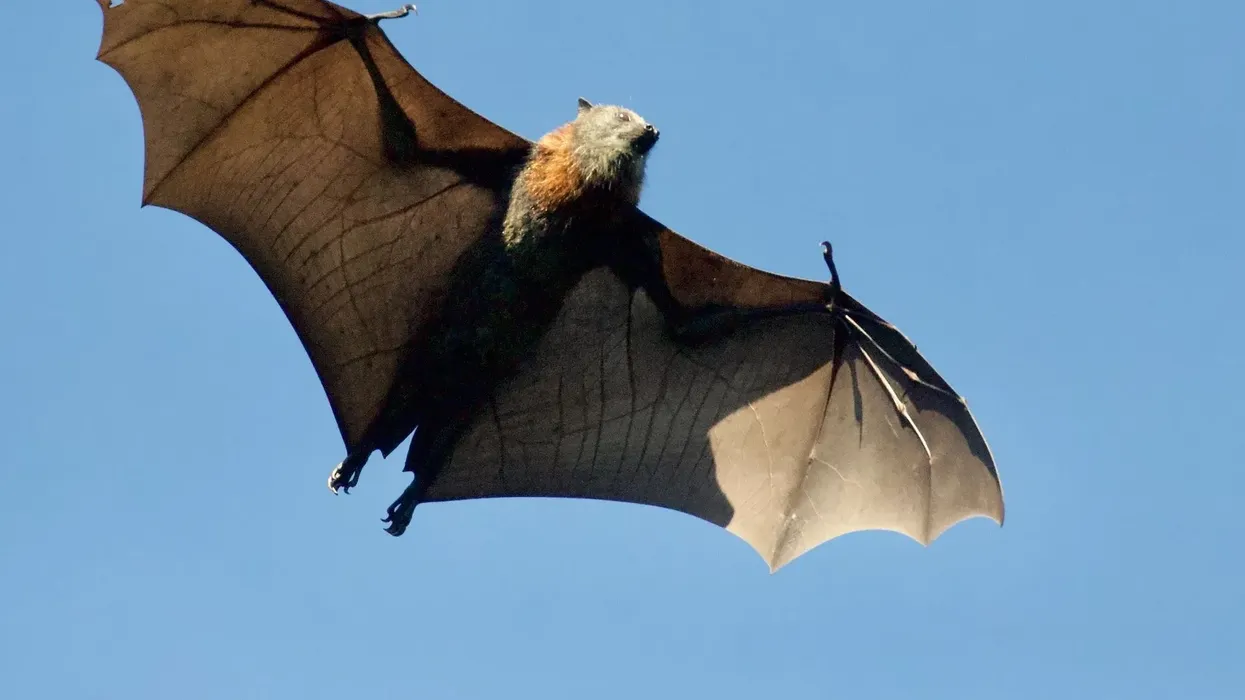Spiders are some of the most common creepy-crawlies out there, but this does not make it any less scary to suddenly spot a massive spider just hanging out with you in your bedroom.
The class Arachnida, which includes every species of spider, is an extremely diverse one. Orb-weaving spiders is the common name that may be used to refer to a variety of different biological classifications of spiders, most commonly the family Aranidae and the genus Neoscona.
Some other interesting species in this family include the spiny orb-weaver, the marbled orb-weaver, and the golden silk orb-weaver.
The arboreal orb-weaving spider is in the family Aranidae and genus Neoscona, and this name is most likely to be used to refer to a specific species in this family and class, the Neoscona crucifera, commonly also called the Hentz orb-weaver, the spotted orb-weaver, or the barn spider, though the latter is an umbrella term used for several other species.
This particular Neoscona crucifera species of the Araneidae family of orb-weaving spiders is the most common in North America and can also be found in all tropical climates across the world.
The species is a voracious predator and will prey on a wide range of flying insects that are trapped in its intricate web.
The perfect circularly shaped webs that the spider can weave is the root of the common name orb-weaver, as 'orb' means 'circle'.
Obviously, they have eight legs and eight eyes but they have a unique pattern and coloration on the rest of the body, including the abdomen and legs, with most individuals featuring a brown body and various swirls and splashes of white.
Females can lay hundreds of eggs at a time.
Can you believe that the males of this species have to battle being cannibalized by the females regularly?! Read on for more amazing facts. If you enjoy this article, make sure to check out our facts pages on the yellow sac spider and the Brazilian wandering spider.
Arboreal Orb Weaver Interesting Facts
What type of animal is an arboreal orbweaver?
The arboreal orbweaver (Neoscone crucifera) is a type of brown spider.
What class of animal does an arboreal orbweaver belong to?
Arboreal orbweavers (Neoscone crucifera) are classified as Arachnida, which is the class of all spiders. Also, the arboreal orbweaver belongs to the phylum Arthropoda, meaning they aren't really insects, rather they're arthropod. Every animal in this phylum has its skeleton on the exterior of its body to protect itself from the elements and its predators.
How many arboreal orbweavers are there in the world?
While the exact number of arboreal orbweaver spiders in the world is not known, considering they are one of the most commonly found species of spiders in the entire North American continent and can adapt a wide selection of places anywhere in the world into an orb-weaver spider habitat, they are known to be abundant in the wild.
Where does an arboreal orbweaver live?
The Neoscona crucifera species of orbweaver spiders can be found in virtually any moist and tropical climate in the world. They are especially common during the late summer when almost all of their prey are most active.
What is an arboreal orbweaver's habitat?
Nearly every species of orb-weavers can be found across the world, and the Neoscona crucifera is no different. This is down to their ability to adapt to a wide range of geographical elements, provided they meet the basic conditions of being damp and of a relatively high average temperature.
Who do arboreal orbweavers live with?
Spiders in the family Araneidae are not the most social creatures and prefer to live far apart from one another so as to not have to compete with one another for insects. Acts of aggression for territory have been observed. Males and females can be found in pairs during the night in the mating season.
How long does an arboreal orbweaver live?
While the exact lifespan of Neoscona crucifera spiders has not been studied, the lifespan of similar species of orb-weavers is known to be around 12 months. A baby weaver spider is born in late summer and dies around the same time the next year.
How do they reproduce?
These spiders exhibit sexual dimorphism, meaning males and females are biologically different apart from just the reproductive organs.
Males are significantly smaller in size and length than females. During copulation, there is a high chance of the male leaving and jumping off after around five seconds if the female is closely related to it, and the chances of it surviving being eaten by the female are low.
These spiders have an in-built system of preventing inbreeding, though it is not entirely clear how exactly male spiders are able to sense closely related female spiders.
If the spiders are distant enough in the bloodline, copulation lasts for almost double the amount of time, and the female kills and eats the male much more often.
She then lays a set of a few hundred eggs, which are first stored in her abdomen, in a silky cocoon and sticks it on a tree part, to ensure the eggs' safety.
Orb-weavers are most often studied due to their peculiar methods of reproduction reminiscent of the praying mantis.
What is their conservation status?
Arboreal orbweavers are Not Evaluated on the International Union for Conservation of Nature (IUCN) Red List of Threatened Species but these spiders are commonly thought to have a stable population and habitat.
Arboreal Orbweaver Fun Facts
What do arboreal orbweavers look like?
The arboreal orbweaver can feature a variety of different colors and patterns on its body, with brown usually being the base color of all individuals. Their coloration makes them hard to spot in the dim lighting of night and makes them all the more dangerous predators lurking in their circular-shaped webs.
They have hairy and thick legs which they can use to scuttle about very quickly.
How cute are they?
Though some people may think these brown spiders are cute, the general consensus is that most do not find spiders cute creatures.
How do they communicate?
Spiders are able to use the vibrations of their web by plucking at any length of the string to convey information to other spiders, or even try and lure prey into their trap.
How big is an arboreal orbweaver?
Arboreal orbweavers grow to around 0.2-0.8 in (6-20 mm) in length, meaning they are nearly the same size as a brown recluse spider, and nearly twice as large as the average hobo spider.
How fast can arboreal orbweavers move?
While the exact speed of the arboreal orbweaver is not known, they can definitely reach some surprisingly high speeds using their four pairs of legs and compact length and weight.
How much does an arboreal orbweaver weigh?
The adult arboreal orb-weaver weighs around 0.03-0.14 oz (1-4 g).
What are the male and female names of the species?
Both males and females of this species are referred to by the same name.
What would you call a baby arboreal orbweaver?
A baby spider is called a spiderling, so a baby of this species is called an arboreal orb-weaver spiderling.
What do they eat?
They are patient predators that eat flies, dragonflies, mosquitoes, mites, ticks, crickets, and many, many other types of insects.
Are they harmful?
While the orbweaver bite is venomous, it should not have any long-term implications provided you are not allergic to bee stings or the venom of the spider specifically.
Would they make a good pet?
Spiders are often kept as pets in captivity, but this is not usually recommended since it can greatly reduce their lifespan.
Did you know...
Arboreal orbweavers must juggle a delicate balance of stickiness and visibility when spinning a web. The stickier the web, the higher the chances are of prey being trapped in the web. However, this also increases the visibility of the web, allowing prey to see it beforehand and navigate past it.
Do arboreal orbweavers bite?
Unless an arboreal orbweaver spider is cornered with no means of escape, it will not bite. Even if it does, an orb weaver bite is mostly harmless to most, but you may not realize that you have an allergy to its venom. As such, it is best to think of the arboreal orb-weaver as poisonous.
How do I identify an orbweaver spider?
These brown spiders can be identified easily by the perfect circular web that they spin, as well as their dark brown coloration.
Here at Kidadl, we have carefully created lots of interesting family-friendly animal facts for everyone to discover! Learn more about some other arthropods from our nursery web spider facts and six-eyed sand spider facts pages.
You can even occupy yourself at home by drawing one on our free printable Arboreal orb weaver coloring pages.










